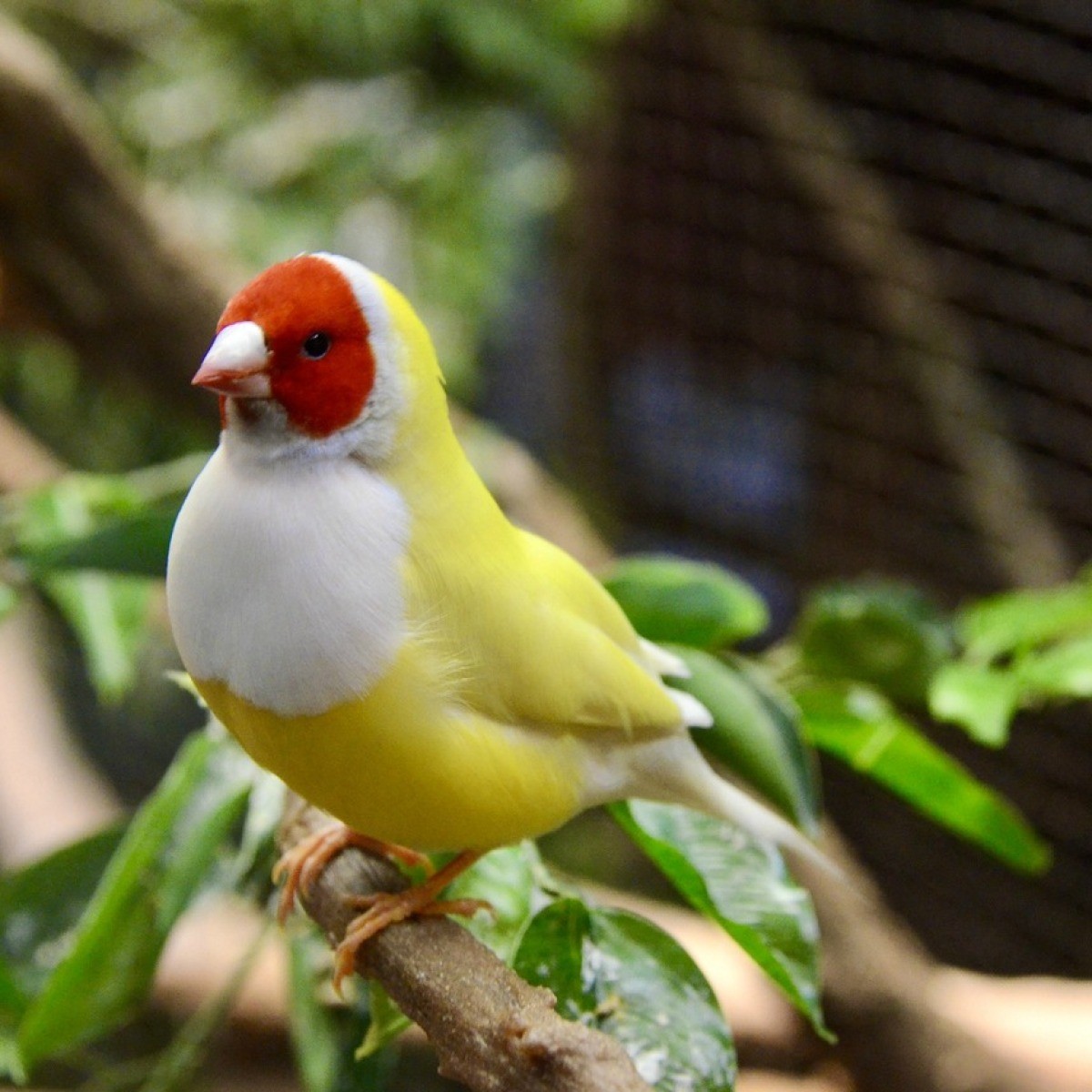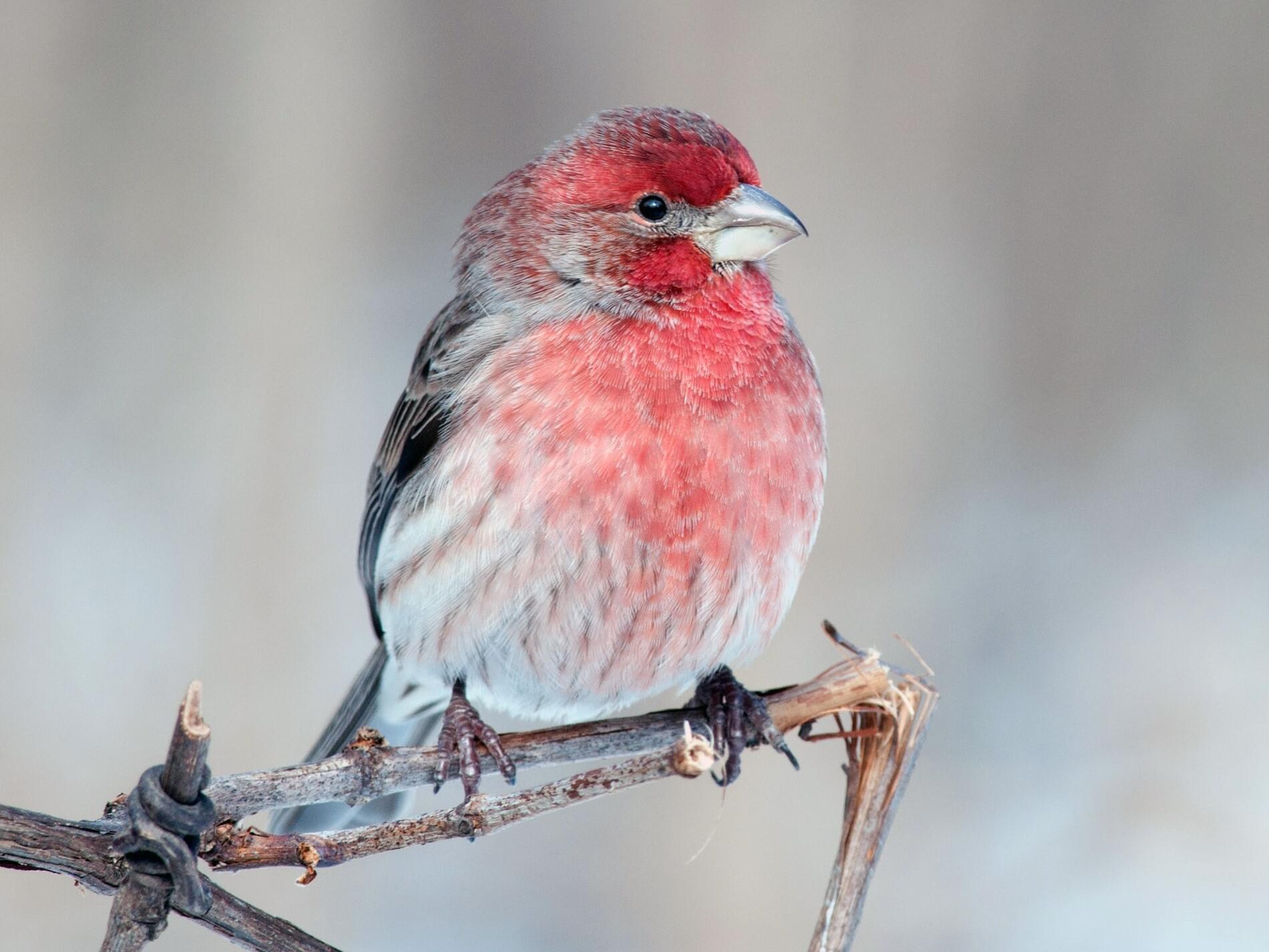
Once inside, we see the central character’s emaciated form and are given hints that he is suffering from radiation poisoning (which he is seen reading about). He finds a few cans in the otherwise ransacked stores, but his search is cut short by a violent dust storm that forces him back to his shelter. The film opens with Finch in a radiation suit on a food collection mission around a decimated city.
#FINCH AND FINCH MOVIE#
If you were left with some questions after the movie ended, we’re here to clear things up! Let’s take another look at the ending of ‘Finch.’ SPOILERS AHEAD.

House sparrows are timid and sociable among finches, whereas Purple finches are more headstrong and aggressive.The film ends on a predictable note, but not before revealing some intriguing details about the titular character and how he came to be in the situation we find him in. While both birds are largely sociable, Purple finches can get quite solitary throughout the breeding season and summer, whereas House finches are more tolerant of each other and other birds.īoth birds are capable of territorial aggression, but House finches are much less territorial than Purple finches on the whole. Purple finches are calmer when feeding and are less likely to be spoked than House finches. It would be tough to tell these birds apart on call alone as there is a good deal of crossover, and birds from different regions have slightly different songs.

The female Purple finch has an unusual song that lasts 1 to 2 minutes, whereas female House finches don’t tend to sing for very long. Purple finch songs last for a lot longer. House finch songs are typically short around 1 to 4 s long with 4 to 30 syllables. The Purple finch’s warble is gentler and calmer, whereas the House finch alternates between high and low notes. In general, Purple finches have long warbling calls, whereas House finches are chirpier. It’d be rare to see Purple finches throughout much of the interior western US states. On the west coast, they also migrate down the Pacific Northwest, which is also where they’re likely to be seen alongside House finches. In winter, they migrate throughout much of the eastern US and are Common in the Great Lakes region and the northeastern US, which is where they mix with House finches.

However, they also extend through Alberta, Ontario, Quebec, and Saskatchewan. The Purple finch extends further north to parts of Canada, particularly western Canada’s Northwest Territories and Yukon. House finches occupy a huge range of habitats ranging from forested lowlands to deserts, cities and coastal regions. They now occupy both the east and the west US, but are somewhat less common in eastern Texas, Oklakaha, Nebraska, Kansas, South Dakota and North Dakota. They were much more common in the western US until the 50s, 60s and 70s, when they began to spread rapidly in the eastern US too. House finches occupy most of the US, some of Mexico and small areas of southern Canada. What is the range of House and Purple finches? House finch Read on to learn more about the differences between these doppelgangers! Purple finches migrate to the eastern United States and down the Pacific coast, which is when they're most likely to be seen together with House finches.įinches are easy to confuse, and comparing House finches to Purple finches is a Common issue for US backyard birders. House finches are found throughout much of the mainland US. House finches are sedentary and don't tend to migrate, whereas Purple finches migrate and live as far north as the Yukon and Northwest Territories in Canada. Contrastingly, House finches are a slightly less intense red and their coloration is confined mainly to the head, brow and upper breast.īoth female finches lack this colored plumage, but female Purple finches are heavily streaked with defined head markings, whereas female House finches are less streaky. The color itself is raspberry red or dark pink. This is a guide to identifying House finches and Purple finches.įirst and foremost, the male Purple finch's red/scarlet plumage is more strongly pigmented and wraps all the way around the breast, head and back. But, there are some telltale differences between these two birds if you know what to look for. The House finch doesn't just live in houses and shares large portions of its range with the Purple finch, which is not really purple at all! Both are of similar color, and both belong to the same genus Haemorhous.

Purple finches ( Haemorhous purpureus) and House finches ( Haemorhous mexicanus) are two of the most easily confused birds in North America. Female House finch vs female Purple finch


 0 kommentar(er)
0 kommentar(er)
